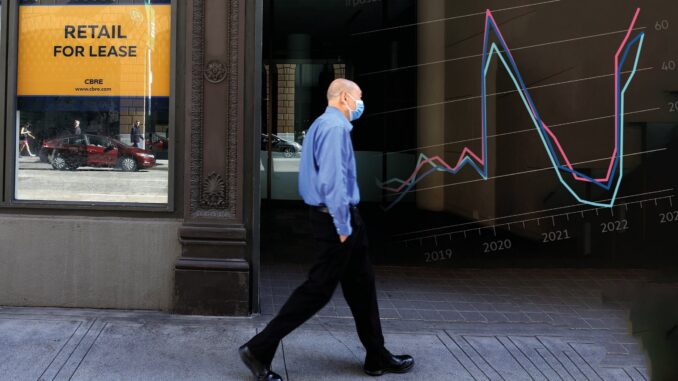
US banks are getting increasingly stressed about tumbling commercial real-estate valuations and what that means for their balance sheets, top executives have said, per the Financial Times.
Arkansas-based Bank OZK, with a sizable exposure to the sector, reported it had raised loan provisions by 10% in the first quarter of 2023. Loan loss provisions are expenses a bank sets aside against assets that are likely to see defaults, per the outlet.
Meanwhile, State Street’s chief executive Ron O’Hanley commented recently that “what happens with commercial real estate, particularly offices,” was the bank’s biggest worry.
The commercial real-estate market bacame a key concern for investors in recent months due to higher interest rates, a credit slump fueled by the recent banking turmoil, and work-from-home trends causing office vacancies. That’s a problem for smaller and mid-sized US banks with high loan exposure to the sector.
High borrowing costs and tighter credit conditions could raise hurdles for big property owners as they seek to refinance a large amount in loans. Nearly $450 billion in commercial real-estate debt is due to mature in 2023 – meaning a final payment on those loans are due, per data cited from Trepp by JPMorgan.
Top economist Mohamed El-Erian sounded the alarm on the sector in an exclusive Insider interview last week, saying the sector faces a “moment of truth” as a pile of loans need to be refinanced.
“The question we all have is whether contagion will spread from the office sector,” Bryan McDonnell, head of PGIM”s real estate debt business told the FT.
“If you get to a confidence issue then, all of a sudden, people might put all commercial real estate in the same bucket,” he added.



